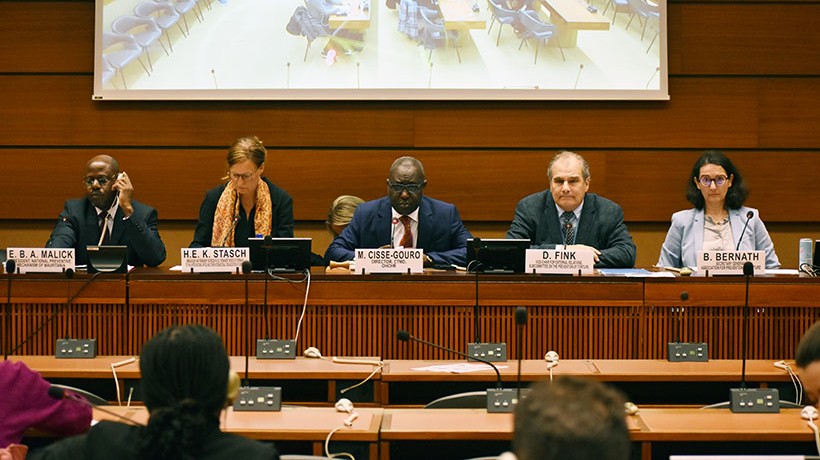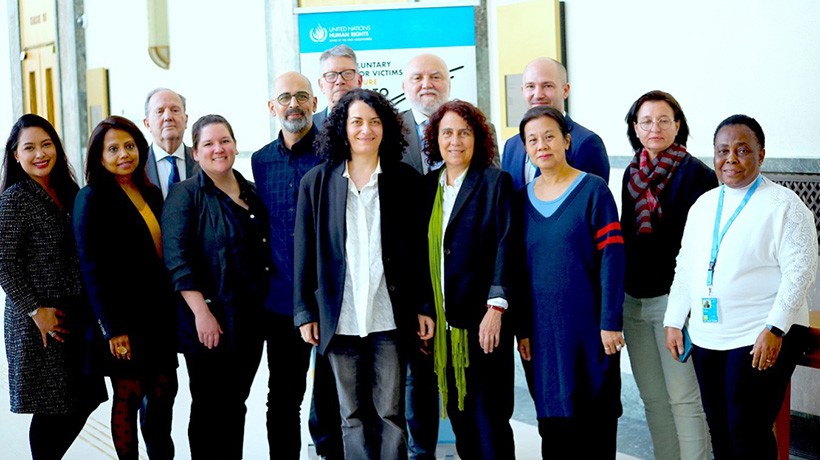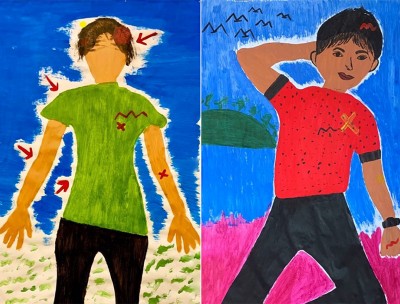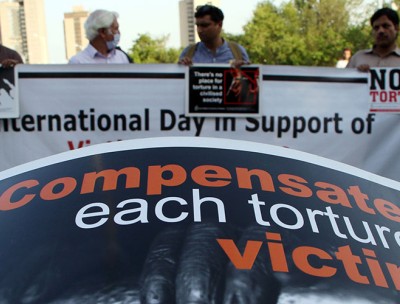40th anniversary of the Convention against Torture
Committee against Torture

On 10 December 1984, the United Nations General Assembly adopted the Convention Against Torture and Other Cruel, Inhuman or Degrading Treatment or Punishment, with the stated purpose to make more effective the struggle against torture and other cruel, inhuman or degrading treatment or punishment throughout the world. Over the last 40 years, this landmark document has proven fundamental in the global struggle against torture and the fight for justice and reparation for victims, providing not only a basis for the work of the Committee against Torture, but also for other UN anti-torture mechanisms, civil society, and, most importantly, for States parties to the Convention.
To mark the 40th anniversary, the Committee against Torture is working in collaboration with the Subcommittee on the Prevention of Torture, the United Nations Special Rapporteur on Torture, and the United Nations Voluntary Fund for Victims of Torture, scheduling a programme of events throughout the year to reflect on progress achieved to date, stimulate discussions on pressing challenges facing the anti-torture movement today, and generate momentum for the change that today’s world requires.
Change is the product of many sources. That’s why UN anti-torture mechanisms will be counting on civil society, academia, States parties, and most importantly, your help.
Forty Years of the Convention against Torture
The Convention against Torture and other Cruel, Inhuman and Degrading Treatment is a key tool in the global fight against torture. Here is how the Convention upholds the rights of survivors and assists them in their fight for justice. Let's build a future free from torture, where human dignity prevails.
How to make prohibition of torture a reality?
As part of OHCHR’s commitment to the values of the Convention, its capacity building team frequently works with States parties to enhance their capacities to implement the Convention and report on their results to the Committee.
As part of its ongoing capacity building activities, and to mark the occasion of the 40th anniversary of the Convention, this year OHCHR will launch its new Guide on Reporting under the Convention against Torture.
Five Facts About the Committee Against Torture
What is the Committee against Torture, and how does it work?
Events

Between 17 and 29 April 2024, the MINUSCA, jointly with the Treaty Body Capacity Building Programme and the International Federation of ACATs (FIACAT), held three workshops in Central African Republic to reinforce the capacities of government authorities and civil society organizations in preventing and combating torture and ill-treatment.

On 27 March 2024, during the 55th regular session of the Human Rights Council, OHCHR held a side event entitled “Good practices in preventing torture: OPCAT Special Fund as a strategic implementation tool.” ©OHCHR

On 19 March 2024, the United Nations Voluntary Fund for Victims of Torture held a workshop called “Healing scars in the mind: Mental health services for torture survivors”, bringing together grantees from around the world to exchange ideas in healing the psychological traumas of torture survivors. © OHCHR / Philippe Liondjo
Artistes contre la Torture President, Kristen Knupp, guides participants through the exhibition
Proving torture to stand up for himself: Damian Gallardo
More than 10 years ago, in May 2013, Damian Gallardo from Oaxaca, Mexico, was arbitrarily detained, disappeared, and tortured. He was eventually released but lodged a complaint with the UN Committee against Torture, who reviewed Gallardo’s case and adopted an unprecedented decision stating that, in fact, Gallardo had been tortured.
The Convention at work
Latest news
Ratification status
To date, 174 States parties have ratified the Convention against Torture and Other Cruel, Inhuman or Degrading Treatment or Punishment.


